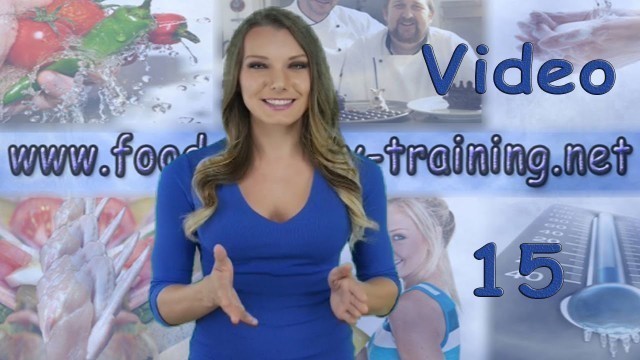

'http://www.food-safety-training.net Food safety management HACCP - Level 3 Award in Food Safety Catering - Food safety management HACCP The definition of cleaning is the application of energy to a surface to remove dirt, grease and grime. The chemical that is used to clean is a detergent which is used to remove food particles, grease and grime and bring them into solution before they are flushed away. A detergent does not kill bacteria. Bacteria are killed by a separate process called disinfection. Disinfection is always applied after cleaning and not before. There are three types of disinfectants chemicals steam water at or above 82° C. A sanitiser is a chemical that does the job of a detergent and disinfectant combined. Sterilising is the process of destroying all microorganisms and their spores and deactivating all toxins. This can only be achieved by temperatures exceeding 121° C. Cleaning can present its own set of hazards if undertaken incorrectly. For example, cross contamination, by using the same cloth in a dirty area then in a clean area, therefore the use of disposable cloths is recommended chemical contamination could occur by the cleaning chemicals come into contact with the food physical contamination, such as brush bristles, bits of cloth and mop filaments could also enter the food failure to destroy pathogens could occur for a variety of reasons. The chemical disinfectant might be out of date and therefore not effective in killing bacteria, the disinfection chemical might be stale due to using the same product continuously throughout the day, the disinfectant might be too concentrated or two dilute, another problem could be taint by using a strong odoured product that chemically contaminates through smell. There are two different types of cleaning, clean as you go and scheduled cleaning. Clean as you go does what it says on the tin. It is cleaning up after yourself, there and then. It is not a documented procedure, it is a case of good housekeeping practices which prevents cross contamination. Scheduled cleaning is a documented procedure. The cleaning schedule states: www.food-safety-training.net what item of equipment or surface requires cleaning? who cleans the surface/equipment? when is it going to be cleaned, i.e. the frequency of cleaning? how is it going to be cleaned? the type and amount of chemical that is to be used contact time of chemical with surface/equipment what personal protective equipment, such as clothing, needs to be worn during application of the chemicals? Everything then needs to be checked and recorded by the line supervisor or manager. http://www.food-safety-training.net'
Tags: food hygiene training , Food Hygiene Certificate , food safety training , food safety training courses , food safety certificate , food hygiene training courses , level 2 food safety & hygiene for catering , level 1 food hygiene certificate , food hygiene course , advanced food safety , training courses in food hygiene , Low cost online food hygiene courses , Level 3 Food Hygiene Certificate Supervisor , welshgibberish
See also:
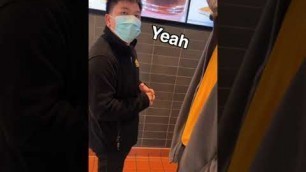

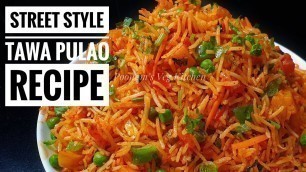
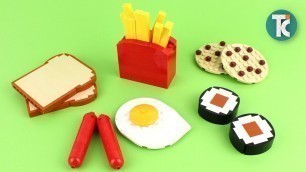


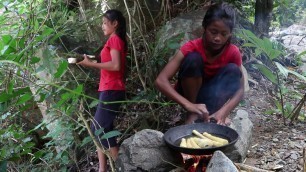
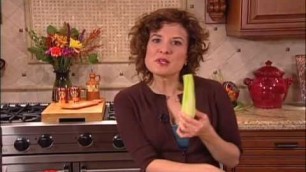
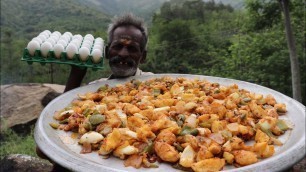
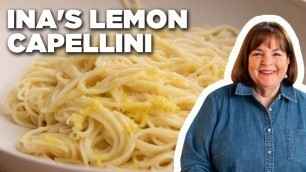


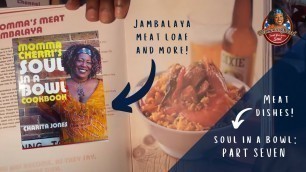
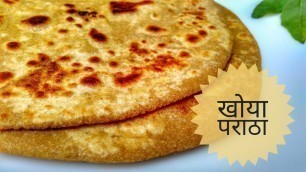
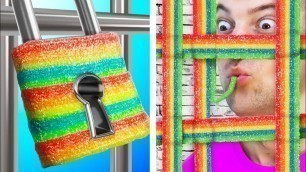
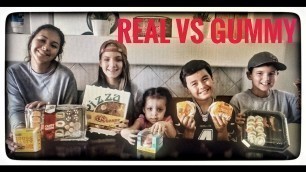

comments